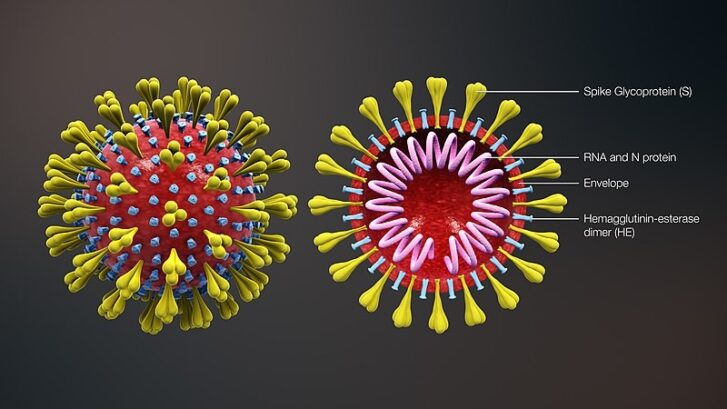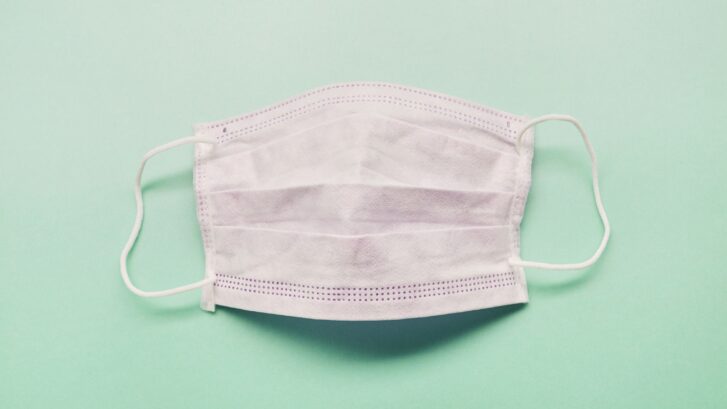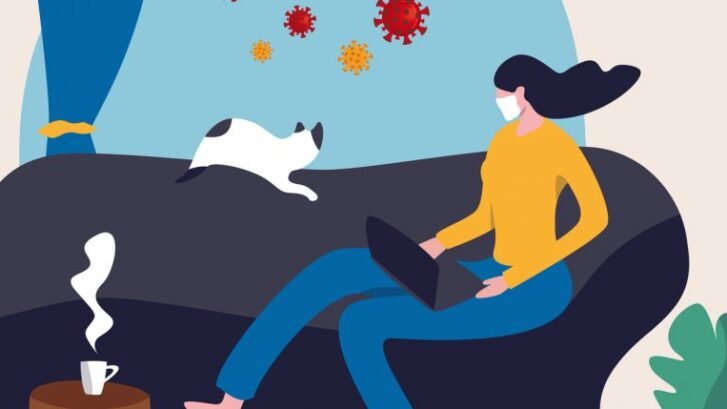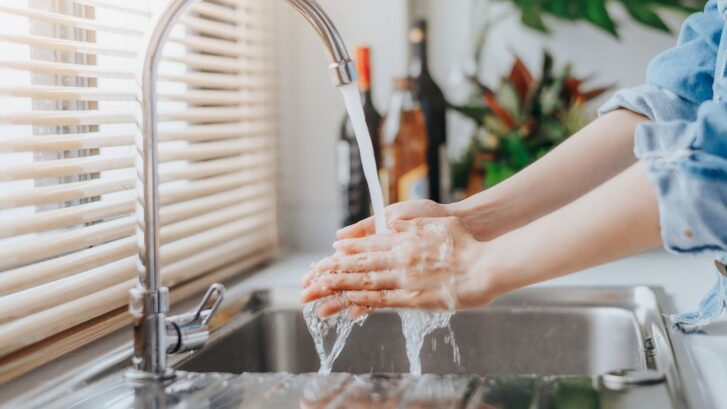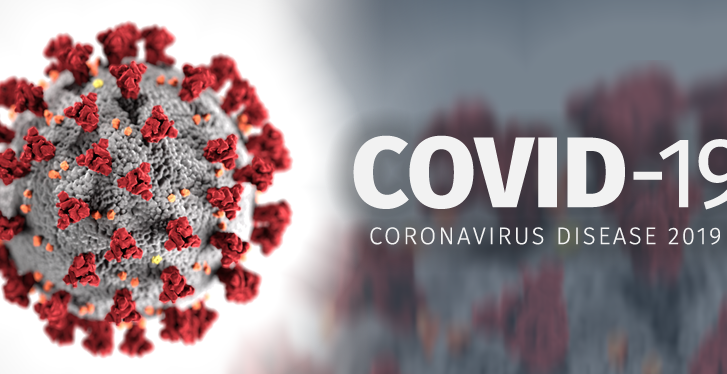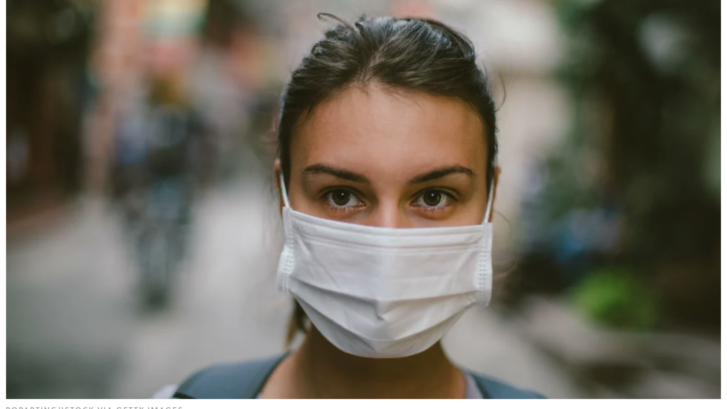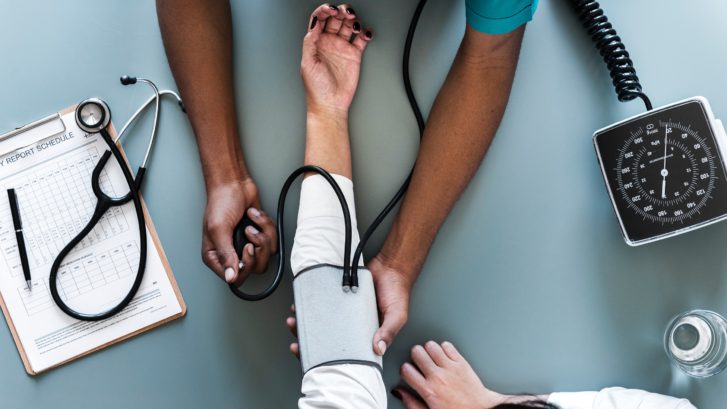How Viruses Work and How to Stop COVID-19
Our concierge doctors thought this would be a good time to tell you about viruses in general, especially the novel coronavirus known as SARS-CoV-2, aka COVID-19. SARS-CoV-2 is the name of the virus; COVID-19 is the disease it produces. This nomenclature is similar to the human immunodeficiency virus (HIV) and its resulting disease, acquired immune deficiency syndrome (AIDS).

